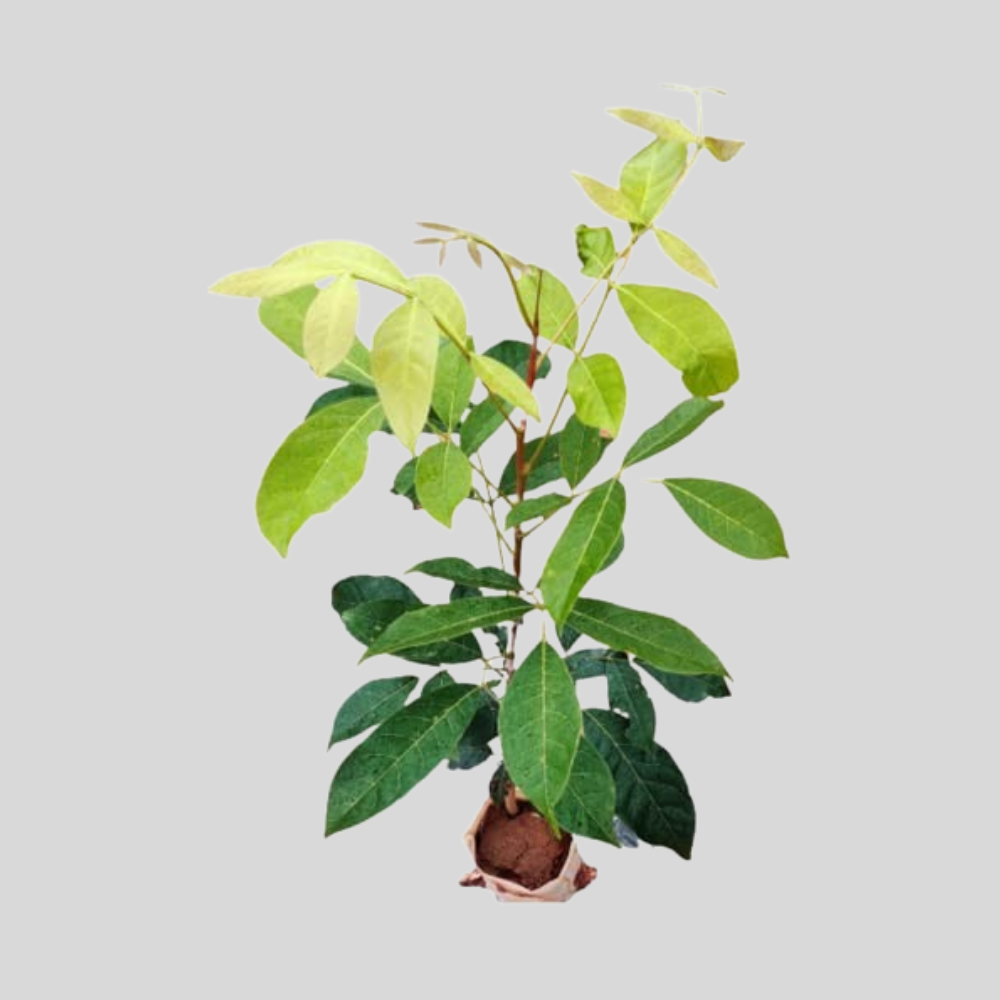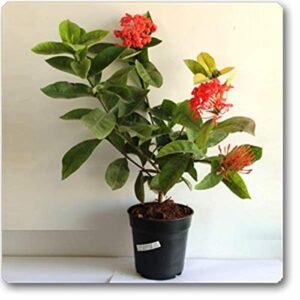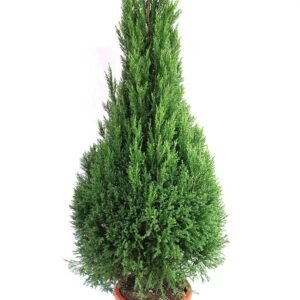Description
Mahogany Plant: A Comprehensive Overview
Introduction
Mahogany refers to several species of trees belonging to the family Meliaceae, most notably the genus Swietenia. These trees are prized for their high-quality hardwood, characterized by a straight grain, reddish-brown color, and excellent durability. Native to the tropical regions of the Americas and parts of Asia, mahogany trees are iconic in both ecological and commercial contexts.
Botanical Classification and Species
The term “mahogany” usually pertains to three primary species within the genus Swietenia:
- Swietenia macrophylla – Known as Honduran or big-leaf mahogany, native to Central and South America.
- Swietenia mahagoni – Often called Cuban mahogany, native to the Caribbean islands.
- Swietenia humilis – A smaller species native to Central America.
Other trees, such as Khaya species from Africa and Toona from Asia, are sometimes referred to as “mahogany” but are not true mahoganies botanically.
Morphology and Growth
Mahogany trees are large, deciduous or semi-evergreen hardwoods that can grow up to 60 meters (about 200 feet) in height, although they are typically smaller in cultivation. The bark is grayish-brown and rough, often flaking with age.
- Leaves: The leaves are pinnately compound with 3 to 9 leaflets. They are dark green, glossy, and alternately arranged.
- Flowers: Mahogany trees produce small, fragrant, white to greenish-yellow flowers. These flowers are generally unisexual and grouped in panicles.
- Fruits: The tree bears a distinctive woody capsule (fruit), about 15–30 cm long, which splits open at maturity to release winged seeds dispersed by wind.
Habitat and Distribution
Mahogany is naturally found in tropical and subtropical climates. Swietenia macrophylla, the most widely distributed species, ranges from southern Mexico through Central America and into the Amazon basin. These trees prefer well-drained soils and flourish in areas with distinct wet and dry seasons.
Mahogany typically grows in lowland tropical forests but can adapt to a range of ecological conditions. It thrives in both primary forests and managed plantations.
Ecological Role
Mahogany trees contribute significantly to forest ecology:
- Canopy Formation: Being tall and wide-spreading, mahogany helps in forming the forest canopy, which regulates temperature and humidity levels.
- Habitat: Their large size and branching structure offer habitat and nesting sites for various birds, insects, and mammals.
- Soil Stability: The roots help stabilize soil, reducing erosion, especially on slopes and riverbanks.
- Carbon Sequestration: Like many large trees, mahogany plays an important role in absorbing carbon dioxide and combating climate change.
Economic Importance
Mahogany is one of the most valuable tropical hardwoods in the world. It has been used extensively in:
- Furniture Making: Its fine grain, rich color, and workability make it a favorite for high-end furniture.
- Musical Instruments: Used for guitar bodies, piano cases, and drum shells due to its acoustic properties.
- Boat Building: Mahogany resists rot and decay, making it suitable for marine applications.
- Interior Woodwork: Found in cabinetry, paneling, doors, and decorative carvings.
Due to its demand, mahogany has been overharvested in many regions, leading to sustainability concerns.
Cultivation and Plantation Management
Mahogany is cultivated in tropical countries across Central and South America, the Caribbean, Southeast Asia, and Africa. Its commercial growth requires careful management due to its susceptibility to pests and its slow growth rate.
- Propagation: Typically grown from seed, though vegetative propagation methods are being explored to maintain genetic quality.
- Growth Rate: Under optimal conditions, mahogany trees can grow 1–1.5 meters per year.
- Pests and Diseases: One major challenge is the shoot borer (Hypsipyla spp.), which damages the apical shoots and affects the tree’s form.
- Silviculture Practices: These include pruning, thinning, and weed management to enhance growth and form.
Plantation-grown mahogany can provide an alternative to wild harvesting, but plantations must be carefully monitored to maintain timber quality and ecological balance.
Conservation and Legal Protection
Due to extensive logging, wild populations of mahogany, particularly Swietenia macrophylla, have declined dramatically. As a result:
- CITES Regulation: Swietenia macrophylla is listed under Appendix II of the Convention on International Trade in Endangered Species of Wild Fauna and Flora (CITES), meaning international trade is regulated.
- National Bans and Restrictions: Several countries have imposed logging bans or tight regulations on mahogany harvesting.
- Sustainable Forestry Certification: Organizations like the Forest Stewardship Council (FSC) promote sustainable harvesting and reforestation.
Conservation efforts include reforestation, community forestry, and genetic conservation programs.
Cultural Significance
Mahogany has played a significant role in history and culture:
- Colonial Era Trade: Mahogany was a key export from the Caribbean and Central America during colonial times, especially prized in Europe.
- Symbol of Prestige: Its use in government buildings, luxury ships, and antique furniture has associated mahogany with wealth and status.
- Traditional Uses: In indigenous medicine, mahogany bark and seeds have been used to treat various ailments such as fever, anemia, and digestive issues, although scientific validation is limited.
Sustainability Challenges and the Future
The future of mahogany depends on balancing commercial interest with ecological preservation. Some key challenges and initiatives include:
- Genetic Diversity: Overharvesting has narrowed the gene pool. Seed banks and conservation orchards help preserve genetic diversity.
- Agroforestry Integration: Planting mahogany alongside other crops can provide economic and ecological benefits.
- Public Awareness: Promoting the use of certified wood and educating consumers about the ecological costs of illegal logging are crucial.
- Alternative Species: In regions where true mahogany is difficult to grow or has been depleted, other species like African mahogany (Khaya spp.) and Philippine mahogany (Shorea spp.) are used as substitutes.
Conclusion
The mahogany plant is more than just a source of valuable timber. It is a keystone species in many tropical ecosystems, a pillar of traditional and modern economies, and a symbol of the complex relationship between human development and environmental stewardship. As global awareness of deforestation and biodiversity loss increases, the conservation and sustainable use of mahogany remain critical to ensuring that this majestic tree continues to thrive for generations to come.





 Jasminum sambac, Mogra, Arabian Jasmine - Plant
Jasminum sambac, Mogra, Arabian Jasmine - Plant 

Reviews
There are no reviews yet.